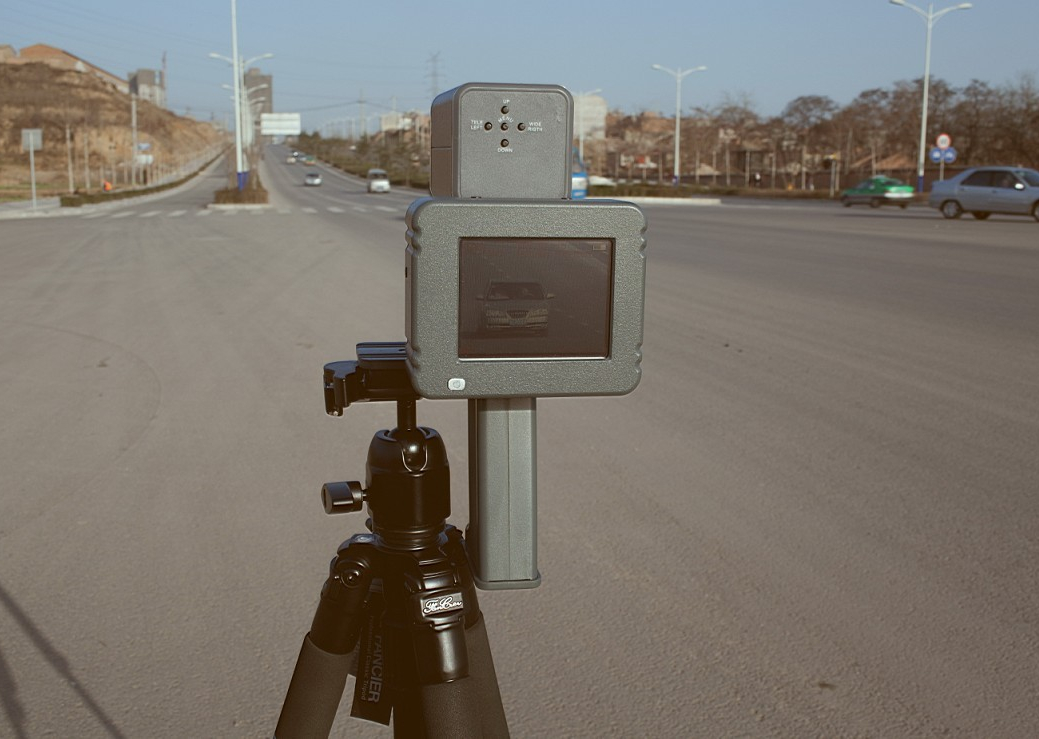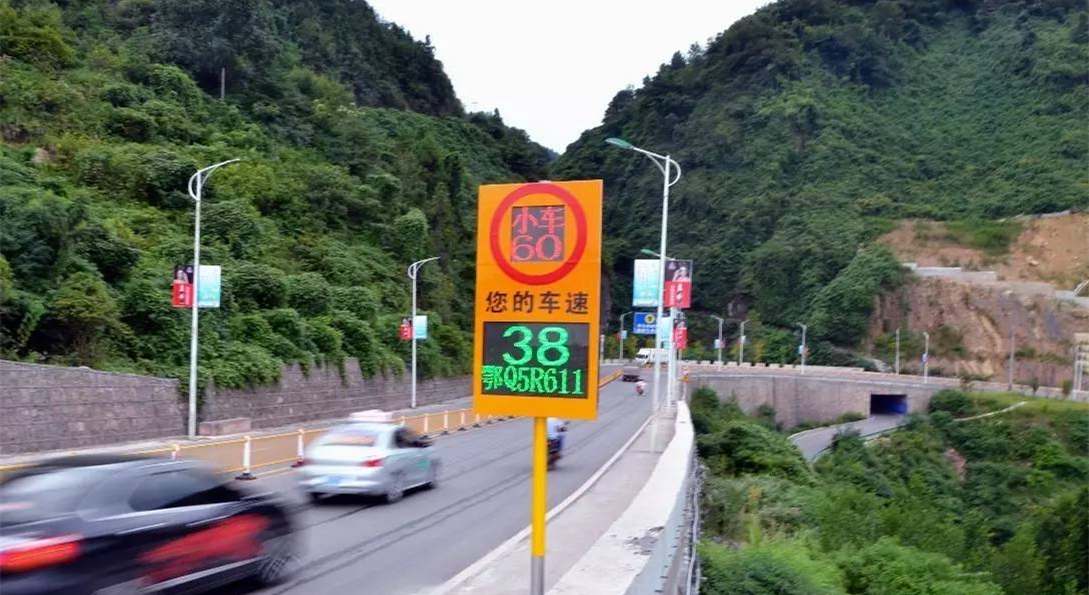The working principle of speed enforcement sensors and their application in traffic management
With the continuous increase of urban traffic volume, traffic safety issues are becoming increasingly prominent. As an important component of intelligent traffic management systems, speed enforcement sensors can effectively monitor and control vehicle speed, providing strong technical support for improving road safety. This article will explore the working principle of speed enforcement sensors and their application in traffic management.
1. Working principle of speed enforcement sensor
Speed enforcement sensors mainly monitor vehicle speed through the following technologies:
1.1 Lidar
Lidar is a high-precision ranging technology that determines the distance to a target object by emitting laser pulses and measuring their return time. When the laser pulse encounters a moving target object, the system can calculate the speed of the target by continuously emitting pulses and recording the position changes of the target at different time points. This method relies on precise measurements of time and distance, enabling lidar to provide accurate data under various environmental conditions.

1.2 Doppler radar
The principle of Doppler radar speed measurement utilizes the Doppler effect to measure the velocity of a target object by emitting electromagnetic waves and receiving reflected waves. When a radar emits a signal towards a moving target (such as a vehicle), the motion of the target object will cause a change in the frequency of the reflected wave: if the target approaches the radar, the frequency will increase; If the target is far away, the frequency will decrease. By analyzing this frequency variation, the radar system can accurately calculate the speed of the target

1.3 Camera and Image Processing
The principle of measuring vehicle speed with a camera mainly relies on continuous image capture and motion analysis. Firstly, the camera captures real-time footage of passing vehicles and records continuous frames of images. Through image processing algorithms, the system can recognize and track vehicles, extract their contours and positions. In each frame, the system determines the position of the vehicle and compares it with the previous frame to record the coordinate changes of the vehicle. Subsequently, the system calculates the velocity using a formula based on the displacement and time interval of the vehicle between two frames of images: velocity equals displacement divided by time. This method not only has high flexibility and accuracy, but also works effectively in complex traffic environments, making it widely used in fields such as intelligent transportation systems, traffic enforcement, and vehicle flow monitoring.
Lidar, Doppler radar, and camera speed measurement each have their own advantages and disadvantages, and are suitable for different application scenarios. Lidar is known for its high precision and real-time data monitoring, which can provide accurate measurements under various weather conditions. However, its equipment cost is high, installation and maintenance requirements are complex, and it may affect measurement results in the presence of obstacles. Doppler radar is very suitable for fast and real-time measurement of target velocity, with good adaptability and relatively low equipment cost. However, in multi-target or complex traffic environments, measurement accuracy may be affected and may require a large installation space. Camera speed measurement can not only measure vehicle speed, but also capture images and recognize license plates, with multifunctionality and low cost, and installation is relatively simple. However, the performance of cameras is greatly affected by lighting conditions, especially at night or in adverse weather conditions, and the real-time and accuracy of speed measurement may not be as good as that of LiDAR and Doppler radar.
2. Application of speed enforcement sensors in traffic management
The application of speed enforcement sensors in traffic management is mainly reflected in the following aspects:
2.1 Traffic Monitoring and Management
Speed enforcement sensors can monitor the speed of vehicles on the road in real time, helping traffic management departments grasp traffic flow and speed distribution. These data provide important basis for optimizing traffic signals and regulating traffic flow, making the adjustment of traffic lights more intelligent and reducing traffic congestion. At the same time, by analyzing traffic data, managers can identify peak hours and congested road sections, take timely measures such as adjusting signal cycles or guiding vehicles to detour, thereby improving road traffic efficiency.
2.2 Data Analysis and Decision Support
The data collected by speed enforcement sensors can be analyzed in depth, helping traffic managers identify areas with high traffic accident rates and analyze the causes of accidents. These data reveal the traffic conditions of specific road sections, helping managers identify key factors that affect safety, such as inadequate road section design and traffic signs. Based on the analysis results, traffic managers can develop targeted improvement measures, such as optimizing traffic signals, increasing monitoring equipment, or carrying out road renovations. In addition, this data-driven approach also allows for continuous monitoring and evaluation of implementation effectiveness, thereby dynamically adjusting management strategies and improving traffic safety and efficiency.
2.3 Enhancing Public Safety Awareness
The use of speed enforcement sensors can not only effectively reduce speeding behavior, but also increase public awareness of traffic safety. The presence of these sensors makes drivers aware that their driving speed is being monitored, thereby prompting them to consciously comply with traffic rules. With the reduction of speeding behavior, the incidence of traffic accidents has also decreased. In addition, the increasing public attention to traffic safety helps to create a safer driving environment and encourages more people to participate in the practice of safe driving. In this way, speed enforcement sensors are not only enforcement tools, but also important means to enhance traffic safety culture.
